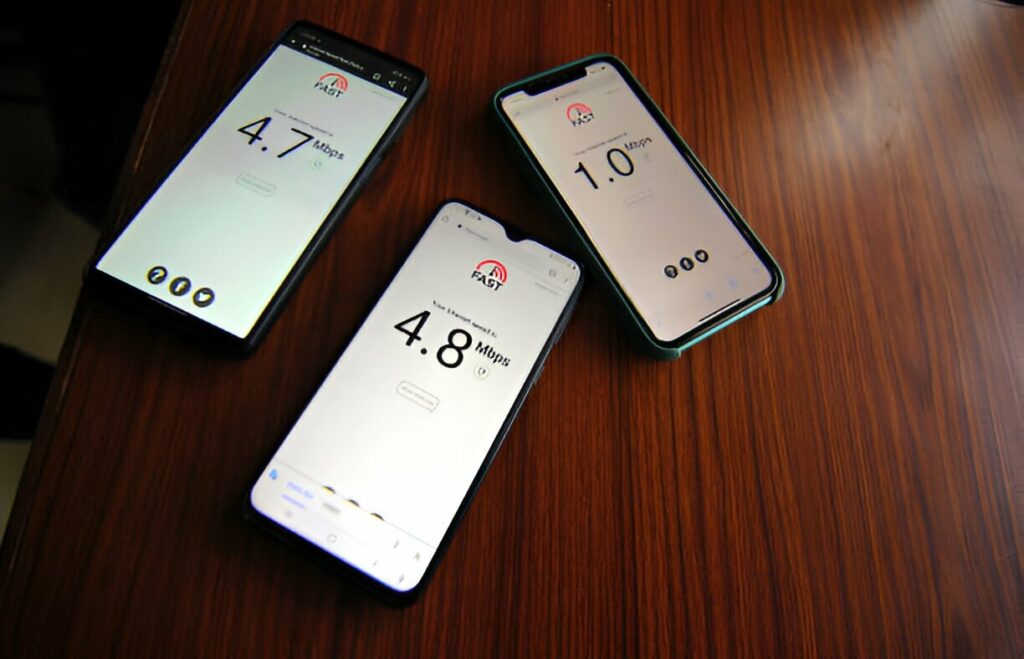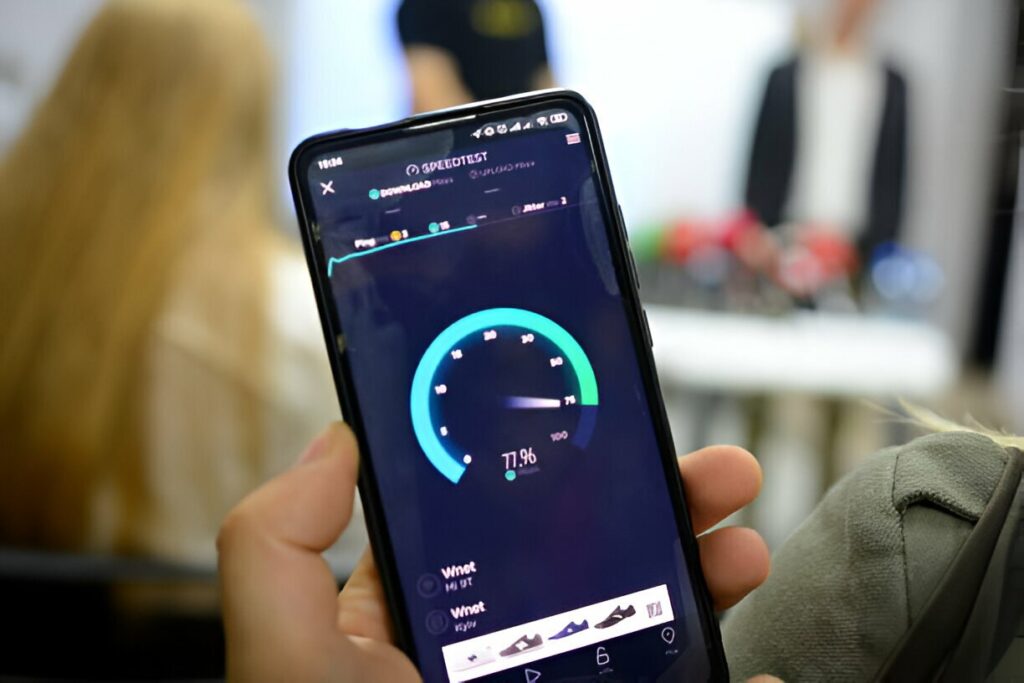In today’s fast-paced digital world, the efficiency of one’s internet connection has become paramount. A reliable and quick internet service is not just a convenience but a necessity for both professionals and casual users alike.
This is where the importance of conducting a hyperoptic speed test comes into play. Not only does it allow users to understand the performance and reliability of their broadband connection, but it also highlights potential issues that may be hindering optimal performance. Utilizing hyperoptic speed test tools is the first step towards ensuring that your internet connection meets your needs.
The following sections of the article will delve into how to conduct a hyperoptic speed test effectively, explore the various factors that can affect the speed and performance of your Hyperoptic broadband, and provide tips for optimizing your connection. Additionally, readers will gain insight into the distinct benefits that Hyperoptic broadband offers.
By understanding these key areas, users can enhance their online experience, ensuring smoother browsing, streaming, and overall internet usage.
How to Conduct a Hyperoptic Speed Test

Preparing Your Device
- Disconnect All Other Devices: Ensure that all devices are disconnected from both LAN ports and WiFi. This prevents other devices from consuming bandwidth during the test.
- Select the Appropriate Device: Use a PC or laptop if available. If not, a mobile or tablet can suffice. Close all unnecessary applications to avoid any interference.
- Reboot and Reset: Restart the device you are using for the test. Additionally, turn your Hyperhub router off and then on again to refresh the connection.
Running the Speed Test
- Access the Test Page: Open your web browser and go to speed.hyperoptic.com to access the Hyperoptic speed test tool.
- Monitor System Resources: Keep an eye on your CPU, memory, and HDD usage during the test. High usage might indicate that your device struggles to process data efficiently, which can affect the test results.
- Execute the Test: Click to run the speed test and patiently wait for it to complete. Ensure that no other tasks are running on your device during this time.
Interpreting the Results
- Record Your Speeds: Note down the upload and download speeds displayed. These speeds are measured in megabits per second (Mbps).
- Understand the Context: The results shown are based on what at least 50% of users on the same package experience nationally during peak times (8pm to 10pm). Your specific results may vary based on several factors including distance from the router and local internet traffic.
- Consider System Impact: Remember that factors like antivirus software, firewall settings, and available system memory can influence the speeds you experience during the test. Adjust these elements if necessary to gain a more accurate reading.
Factors Affecting Hyperoptic Broadband Speed
Wired vs. Wireless Connections
- Connection Type: For the fastest possible speeds, a wired connection using an Ethernet cable between the Hyperhub and the device is recommended. This setup eliminates interference that can occur with wireless signals.
- Interference Sources: Wireless signals can be disrupted by various household devices like cordless phones, baby monitors, and wireless AV equipment. Even devices in neighboring properties on the same wireless channel can degrade signal quality.
Device Capabilities
- Hardware Limitations: The performance of internet speed can vary significantly between devices due to differences in hardware capabilities. For instance, an older laptop might have a less powerful wireless adapter compared to a newer smartphone, affecting its ability to handle high speeds.
- Optimal Device Usage: For activities that demand high bandwidth, such as video streaming or large file downloads, using a device directly connected to the router via Ethernet can enhance the experience.
Network Congestion
- Peak Times: Internet speeds can slow down during peak usage times due to increased demand on the network. This is typically observed during evening hours when multiple users are likely to stream videos or download large files.
- Managing Bandwidth: To mitigate slow speeds during high traffic periods, consider scheduling heavy data usage tasks like file downloads for off-peak hours. This can help maintain a more stable connection throughout the day.
Optimizing Your Hyperoptic Connection

Positioning Your Router
To optimize your Hyperoptic connection, start by placing the router in a central, visible location within your home. It should be away from electrical devices, metallic objects, and mirrors, which can weaken the signal. Elevating the router on a shelf rather than placing it on the floor or near the ground can also enhance its performance, ensuring a stronger and more consistent signal throughout your home.
Reducing Interference
Interference from other household devices can significantly impact your Wi-Fi signal. To reduce this, consider switching your router from a 2.4GHz to a 5GHz frequency, which offers faster speeds over shorter distances.
This may require repositioning your router to maintain optimal performance. Additionally, avoid using the same wireless channel as neighboring properties and devices like baby monitors and wireless AV equipment, which can degrade your connection quality. Changing the wireless channel can often alleviate these issues.
Using Wired Connections
For the most reliable and fastest connection, use a wired setup by connecting your devices directly to the Hyperhub with an Ethernet cable. This method eliminates interference from wireless signals and is especially beneficial for bandwidth-intensive activities.
If your property is large, consider using a Wi-Fi Range Extender to increase the coverage area of your wireless signal, ensuring all corners of your home have access to high-speed internet.
Benefits of Hyperoptic Broadband

Consistent Speeds
Hyperoptic speed test is renowned for its consistent upload and download speeds, even during peak times. This consistency ensures that users experience minimal variation in internet speed throughout the day, which is crucial for activities like streaming, gaming, and uploading large files.
Unlimited Usage
One of the significant advantages of Hyperoptic broadband is its unlimited data usage policy. Users enjoy a seamless internet experience without worrying about data caps or additional charges, making it an ideal choice for households with high data demands.
Advanced Technology
Hyperoptic utilizes Full Fibre to the Premises (FTTP) technology, which offers ultrafast internet speeds and significantly lower latency compared to traditional broadband solutions. This technology not only provides symmetrical upload and download speeds but also ensures a more stable and reliable internet connection, accommodating multiple devices simultaneously without compromising performance.
Conclusion
Through the exploration of hyperoptic speed test, we’ve delineated the importance of understanding and optimizing your broadband connection to suit your digital lifestyle needs.
From conducting an effective speed test to addressing factors affecting broadband speed and putting optimization strategies into practice, the guide offers comprehensive insights to enhance your internet experience.
The essence of making the most out of Hyperoptic broadband hinges on these meticulously outlined steps, ensuring users can enjoy seamless browsing, streaming, and overall internet usage.
Moreover, the advantages of Hyperoptic broadband, including consistent speeds, unlimited usage, and the employment of Full Fibre to the Premises (FTTP) technology, signify a leap towards a future of reliable and ultrafast internet access.
These highlights not only underscore the transformative impact of high-quality broadband on daily internet activities but also point towards the broader implications for a digitally connected society. Embracing these practices ensures individuals and households alike can unlock the full potential of their Hyperoptic broadband, leading to a more connected and efficient digital era.


